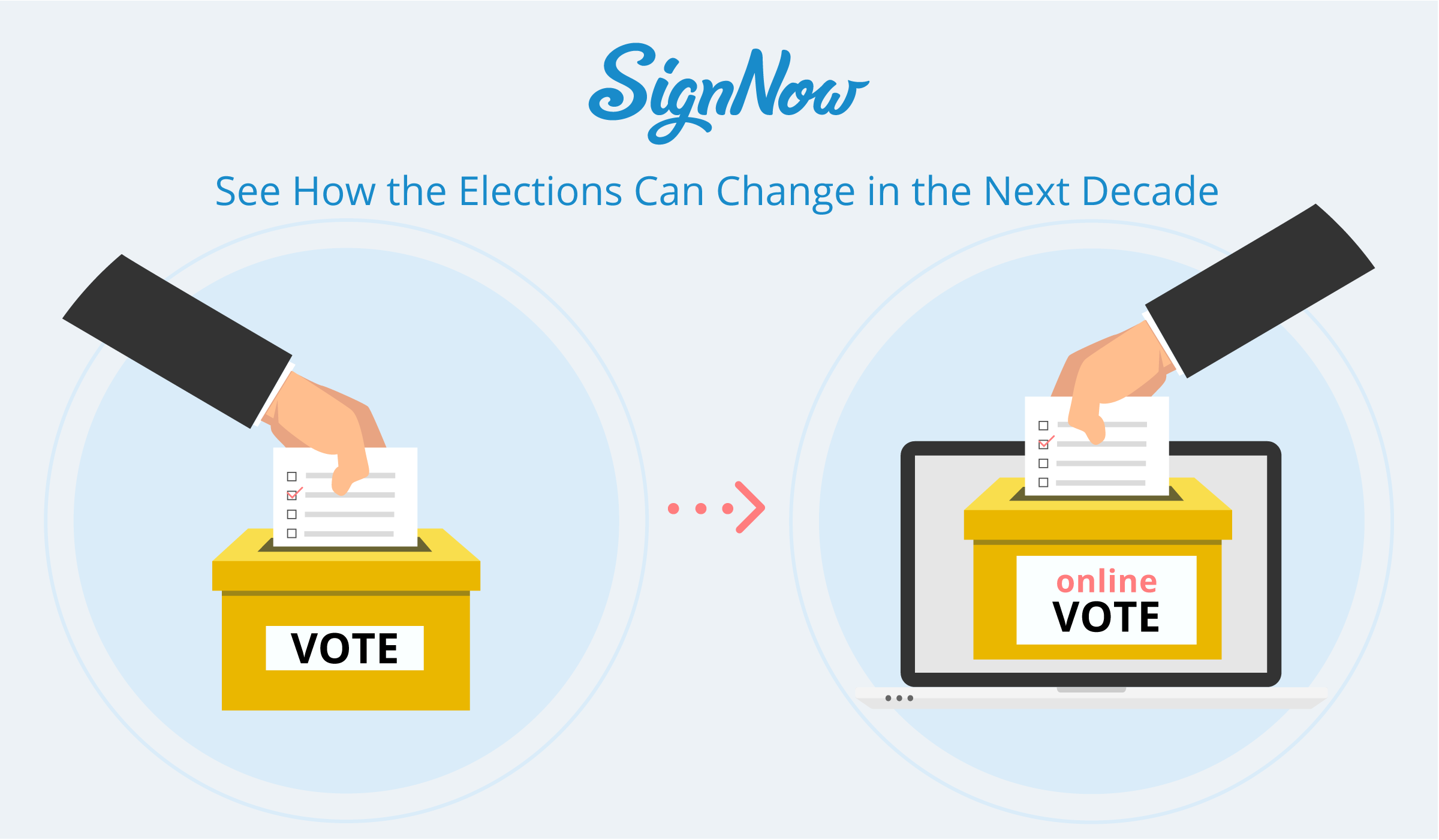
Despite the fact that modern technologies allow us to complete paperwork without actually touching paper, elections in the 21st century still face many challenges. Complicated online registration procedures prevent many Americans from voting. Poor organization means more voters forced to stand in long lines and waste several hours to exercise their civic duty.
The malfunctioning of voting machine software as well as disorganized voter registration increases the risks of fraud. In Virginia, a decision was made to revert to paper ballots for greater convenience and security. Yet, when we speak about large numbers of people, it is hard to count so many ballots manually. Wouldn’t enhancing electronic platforms and applying digital signature technology nationwide be a better alternative? Could e-signatures be the solution to the persistent problems of voter security and inconvenience?
E-Signatures are a Legal Instrument
The digital signature is not an innovation. It is already widely used in education, medicine, real estate and many other fields of industry. An electronic signature is as legally binding as a physical one. Recently, the National Labor Registration Board (NLRB) has begun accepting electronically signed petitions. According to the National Conference of State Legislatures, as of 2017 thirty seven states and the District of Columbia had implemented online registration for elections. It is worth noting that those states which implemented online voter registration experienced significant cost reductions in comparison to paper-based states. In Arizona for example, registration costs were reduced from 83 cents to 3 cents.
Ensured Multi-Layer Security
Election fraud is one of the hottest issues in the political world. Cyber security specialists consider voting machines to be highly vulnerable to hacking because they’re out of date. Electronic signature platforms offer different methods of protecting data. Encryption, unique IDs and audit trails prevent document forgery and blind signatures ensure anonymity. The combination of such security measures create a strong and safe tool for elections, allowing for the more accurate collection of data than voting machines.
It’s Convenient
As the Pew Research Center’s 2016 Voter Turnout study shows, the US had 86.8% of voting-aged voters registered, but only 55.7% casting their ballots in the presidential election. Several factors influenced the low voter turnout including a failure of the electorate to register, residency requirements, inability to commute to the polls or simply indifference.
To encourage more people to vote, the procedure needs to be made easier and faster. First, reminders for online registration would help increase the actual number of registered voters. Second, electronic voting should be made available for those who are ill, traveling, busy with work, family or taking care of children, etc. Even people who don’t care much about politics will be more motivated to participate in elections because casting a vote will be made hassle-free – just pull out your smartphone and vote.
When taking into account the solutions provided by information technology companies, the prospect of digitalization is rather optimistic. Step-by-step implementation of online voting platforms will considerably simplify our lives and create opportunities to solve paperwork issues, even while on-the-go.

